- Home
- Machining techniques
- CNC Machining Services
- Cooperative supply services
- Designs
- Materials
- Finishing Services
- Shop
- Products
- Guide
- About Us
- Contact Us
2023.3.31
PMMA is commonly known as plexiglass, acrylic, etc. The chemical name is polymethyl methacrylate. In today’s article, we present a brief overview of PMMA, including the pros & cons, processing methods, uses, and characters for PMMA CNC machining.
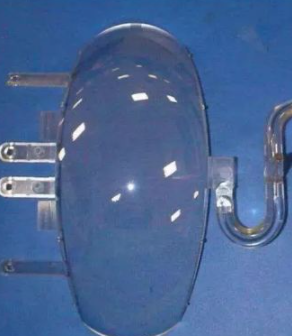
PMMA is an abbreviation for polymethyl methacrylate, also known as plexiglass or acrylic. It is a transparent, hard, and easily processed plastic material with excellent optical properties and weather resistance, and is widely used in construction, advertising, decoration, electronics, automotive, and other fields. PMMA materials have been widely used in many applications due to their high transparency, light weight, heat resistance, chemical resistance, and ease of processing and molding.
Building and construction: PMMA sheets are commonly used in skylights, windows, partitions, and façade cladding due to their excellent weather resistance, UV stability, and optical clarity.
– Automotive: PMMA is used for car light covers, dashboard panels, and rear lights because of its high impact resistance, toughness, and optical clarity.
– Electronics: PMMA is used in optical fibers, lenses, light diffusers, and displays due to its excellent optical properties.
– Medical and healthcare: PMMA is used in medical implants, contact lenses, and dental prosthetics due to its biocompatibility, transparency, and toughness.
– Advertising and display: PMMA is used in signage, displays, and point-of-purchase displays due to its optical clarity, color range, and ease of fabrication.
– Art and design: PMMA is used for sculptures, decorative objects, and furniture due to its optical clarity, ease of fabrication, and ability to be molded into complex shapes.
– Aerospace and aviation: PMMA is used for cockpit canopies and windows due to its optical clarity, high strength-to-weight ratio, and ability to withstand extreme temperatures.
– CNC machining: The use of computer programs to control cutting machines for cutting, engraving, and other operations to achieve high-precision and efficient machining.
– Laser cutting: Using a high-energy laser beam to cut PMMA materials, achieving high-precision and high-speed processing.
– Polishing: Polishing the PMMA surface by mechanical or chemical methods to improve its surface smoothness and transparency.
– Thermoforming: Using heating and molding tools to mold PMMA materials, it can be made into various shapes of parts.
– Calendering and hot stamping: Print patterns or words on the surface of PMMA by means of calendering or hot stamping.
– Bonding: Use special adhesives to bond PMMA materials to the desired shape or size.
Advantages:
– High accuracy: CNC machining can achieve high-precision cutting and engraving, and can meet the processing requirements of PMMA parts with complex shapes and high accuracy requirements.
– Good stability: Due to the use of computer program control, CNC machining has a stable processing process and consistent processing quality, avoiding the impact of human factors on processing quality.
– High efficiency: CNC machining can quickly and automatically complete processing tasks, improving production efficiency.
– Good flexibility: CNC machining can flexibly adjust the machining path and cutting parameters according to design requirements, achieving multiple shapes and sizes of machining, with good flexibility.
– Good reliability: CNC processing equipment has a low failure rate and high production stability.
Disadvantages:
– High initial investment: The price of CNC processing equipment is relatively high, requiring a large investment.
– High technical requirements: CNC machining requires certain technical and operational experience, and improper operation may lead to equipment damage or poor processing.
– Large equipment footprint: CNC machining equipment is usually relatively large and requires a large processing space.
PMMA has disadvantages such as low surface hardness, easy to scrub, low impact resistance, and poor molding flow performance, so it is not easy to fill during molding. For these characteristics, we should pay special attention to differential treatment:
1. During mold design, it is recommended to design an S-shaped mold with side injection of glue. When removing the glue mouth, it is recommended to use a heating tool to remove it. If manual removal is used directly, it will increase the scrap rate of the product.
2. For the selection of mold material, S136 is preferred, followed by Japan’s Datong NAK80. If the material is not selected correctly, it will cause wavy lines on the surface during the polishing process, and if the light transmission effect is not achieved, the existing mold can only be discarded, resulting in significant economic losses.
3. When making a draft for a product, try to increase the draft angle as much as possible to prevent the product surface from being pulled.
4. Ejector ejecting also requires the use of a top block to eject the ejector pin, to prevent the surface from having ejector pin marks that affect the light transmission effect of the product.
5. When exhausting parts, it is recommended to exhaust around the circumference to increase the smoothness of filling.
6. The key to PMMA lens molds is polishing, which must be carried out in accordance with standard mirror surface steps. To save time, skip steps cannot be used for polishing. If the effect cannot be achieved in the early stage, subsequent additional polishing is also not feasible, as the polishing surface in the early stage has already been uneven.
7. During injection molding, the mold should be heated to maintain a certain temperature. The mold temperature is generally heated by a mold temperature machine, and the temperature is controlled at 110~120 ° C.
8. PMMA has a certain degree of water absorption, with a water absorption rate of 0.3-0.4%. However, injection molding must be conducted at a temperature below 0.1%, usually 0.04%. The presence of water causes bubbles, air ripples, and reduced transparency in the melt. Therefore, it is necessary to carry out drying treatment. The drying temperature is 80-90 ℃, and the time is more than 3 hours.
Recycled materials can be used 100% in some cases, and the actual amount depends on the quality requirements, usually exceeding 30%. Recycled materials should avoid pollution, otherwise it will affect the transparency and the properties of the finished product.
9. Rapid injection can be used, but to avoid generating high internal stress, multi-stage injection, such as slow fast slow, should be used. When injecting thick parts, slow speed should be used.
10. PMMA parts are basically mirror exterior, so it is recommended to conduct mass production in a dust-free workshop to increase the yield of the product. Each package should also be packaged with PE film or bubble bags.
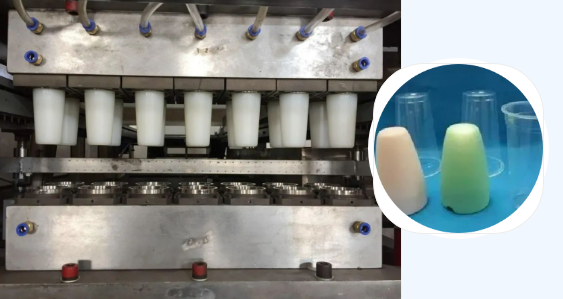 Factors Affecting Transparency Of Polypropylene Thermoforming Products
Factors Affecting Transparency Of Polypropylene Thermoforming Products
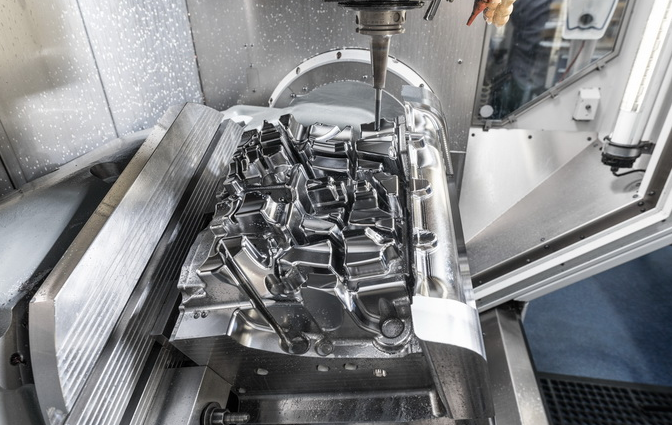 Classification of 8 Common Plastic Molds in CNC Machining
Classification of 8 Common Plastic Molds in CNC Machining
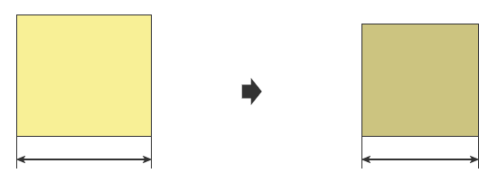 Mold Shrinkage Chart, Formula, Calculation, Plastic Shrinkage Rate | Injection Molding Shrinkage
Mold Shrinkage Chart, Formula, Calculation, Plastic Shrinkage Rate | Injection Molding Shrinkage
 Spring Material Types (Properties, Grades, Uses) & Best Selection for Your Project
Spring Material Types (Properties, Grades, Uses) & Best Selection for Your Project
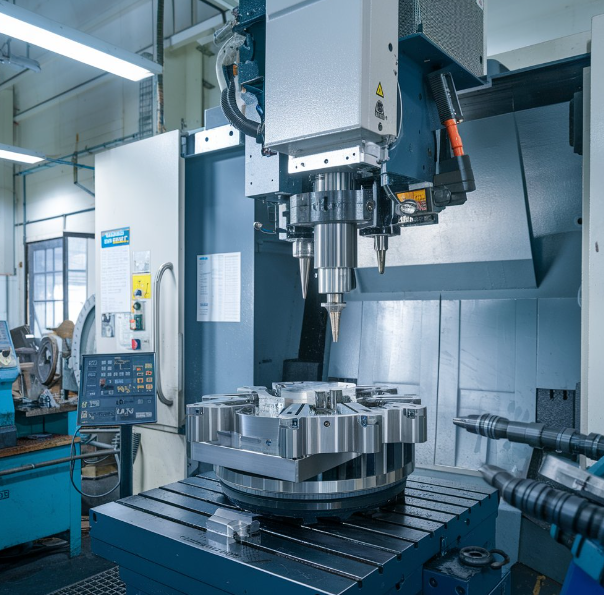 Why Choose China CNC Machining and How to Find the Best CNC Machining Manufacturer
Why Choose China CNC Machining and How to Find the Best CNC Machining Manufacturer
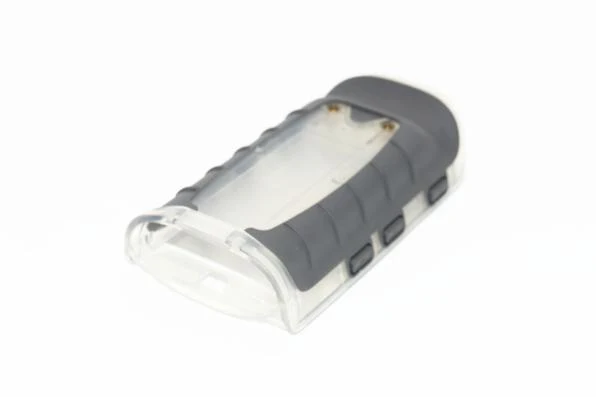 Surface Strengthening Technology Of Injection Molded Parts | CNCLATHING
Surface Strengthening Technology Of Injection Molded Parts | CNCLATHING
